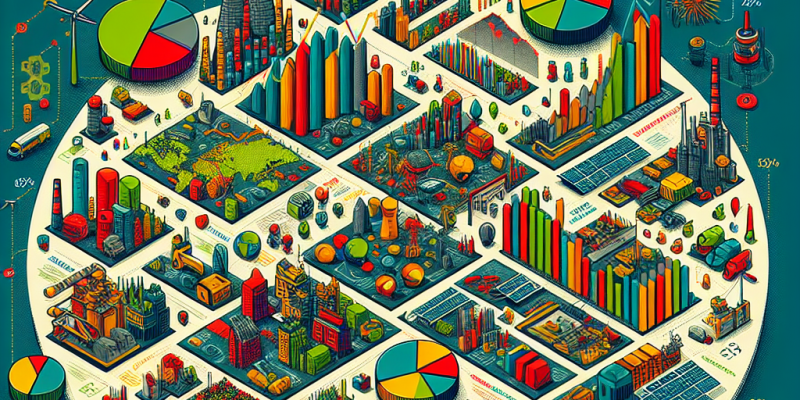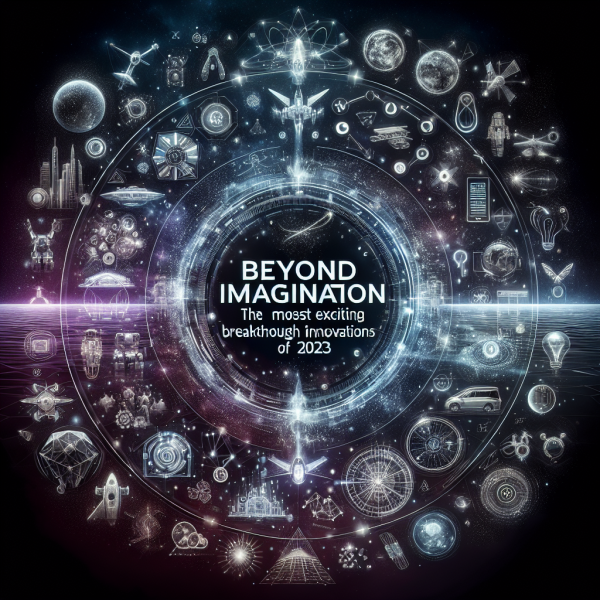Mapping the Market: A Sector-by-Sector Breakdown of Industry Performance

In an intricate global economy, understanding how different sectors perform can be the key to making informed investment and business decisions. Mapping the market through a sector-by-sector breakdown provides insights into industry trends, opportunities, and potential risks. This article delves into the current state of major sectors, highlighting their performance and distinct characteristics.
The Importance of Sector Analysis
Sector analysis is vital for investors, analysts, and business leaders looking to navigate the complexities of the financial landscape. By examining sectors individually, stakeholders can identify patterns, discern cyclical behavior, and capitalize on emerging trends. Sector performance can be influenced by various factors, including consumer demand, regulatory changes, technological advancements, and geopolitical events.
Major Sectors of the Economy
The economy is typically divided into 11 primary sectors, each demonstrating unique dynamics:
-
Information Technology (IT):
The IT sector is often seen as the backbone of modern economies, encompassing software development, hardware manufacturing, and emerging technologies like artificial intelligence and cloud computing. Despite recent volatility linked to interest rate hikes affecting high-growth tech stocks, innovation continues to fuel investment in this space.
-
Healthcare:
With an aging population and ongoing advancements in medicine, the healthcare sector is poised for long-term growth. Companies involved in pharmaceuticals, biotechnology, and medical devices have shown resilience, especially during global health crises. Recent trends indicate a shift toward telehealth and personalized medicine, creating new opportunities for growth.
-
Financials:
The financial sector, which includes banks, investment firms, and insurance companies, has been influenced by interest rate fluctuations and regulatory changes. A rising interest rate environment could benefit traditional banking models through improved net interest margins while also impacting risk assets. Fintech innovations continue to disrupt traditional financial services, driving efficiency and accessibility.
-
Consumer Discretionary:
This sector includes industries such as retail, travel, and entertainment. The consumer discretionary sector typically thrives during economic expansions but can face challenges during downturns. Recent shifts toward e-commerce and experiential spending have reshaped this landscape as companies adapt to changing consumer preferences.
-
Consumer Staples:
Consumer staples, which include essential goods like food and household items, generally perform well even in tough economic times. This sector has demonstrated stability amidst market volatility, driven by consistent demand and strong brand loyalty. Companies focused on sustainability and health-conscious products have gained traction as consumer preferences evolve.
-
Energy:
The energy sector, especially oil and gas, reacts sensitively to geopolitical developments, supply fluctuations, and global demand shifts. The transition toward renewable energy sources is creating a dual landscape where traditional energy companies are adapting while new players emerge in the renewable space, offering investment diversification.
-
Utilities:
Utilities are known for their stability and consistent dividends, making them attractive during economic uncertainty. As the world shifts towards greener energy sources, the sector is adapting by investing in sustainable technologies, which is essential for future growth.
-
Industrials:
The industrial sector encompasses manufacturing, construction, and aerospace. This sector is often viewed as a bellwether for the economy, as its performance reflects broader economic health. Supply chain challenges and inflationary pressures have impacted productivity, but sectors such as green technology and infrastructure spending may provide opportunities moving forward.
-
Materials:
This sector includes companies that produce raw materials like metals, chemicals, and forestry products. Prices for materials can be highly volatile, often driven by economic cycles, demand from emerging markets, and global trade dynamics. The recent push for sustainable materials has opened new avenues for growth in this sector.
-
Real Estate:
Real estate plays a crucial role in the economy, providing both residential and commercial properties. Interest rates heavily influence this sector, as they affect mortgage rates and investment flows. Trends towards remote work and urbanization are reshaping real estate dynamics, impacting demand for different types of properties.
- Telecommunications:
Telecommunications companies facilitate connectivity and communication, essential in a digitally driven world. The sector is undergoing significant changes with 5G technology deployment, impacting everything from data speeds to the internet of things (IoT). Companies that can adapt to rapidly changing technology landscapes will likely thrive.
Conclusion
Understanding the intricacies of each sector is essential for stakeholders looking to make informed decisions in an ever-evolving economic landscape. By conducting a thorough sector-by-sector analysis, investors can identify potential opportunities and understand the risks associated with each industry. In a world that increasingly values adaptability and innovation, emerging trends within these sectors may guide individuals and organizations toward strategic advantages, paving the way for future growth and sustainability.
As we navigate the complexities of today’s market, keeping abreast of sector-specific developments will be crucial for anyone interested in capitalizing on future opportunities while managing risks effectively. The past and future of each sector will invariably shape the broader economic landscape, making continual analysis an indispensable part of economic engagement.














